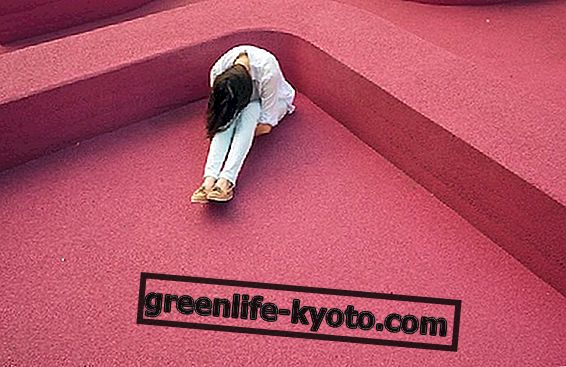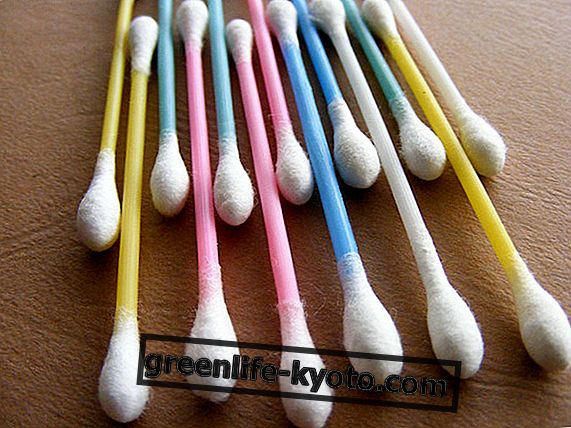
Menopause marks a turning point in the life of every woman. Beyond the most obvious symptoms, such as hot flashes, mood swings and weight gain, menopause causes important changes even at a more hidden but certainly not less important level.
We are talking about the pelvic floor, the set of muscles that acts as a support for the internal organs and the female genital organs, and that therefore has a fundamental role for the well-being of the woman, also on a sexual level. But how does the pelvic floor change in menopause and how to limit the discomforts?
How the pelvic floor changes in menopause
The pelvic floor is a set of muscles with a rhomboid shape, a kind of "hammock" on which the female internal organs rest. The drastic slowing of estrogen production by the ovaries, together with advancing age, causes tangible changes to the tonicity and elasticity of the pelvic floor.
Muscles are weaker and tend to shrink, and their response in terms of contraction and relaxation decreases: gradually the pelvic floor reduces its ability to support the organs (this is the reason for prolapses, such as vaginal prolapse and bladder prolapse) and to respond to stimuli effectively (with the appearance of urinary incontinence and in some cases even fecal).
Urinary incontinence: the most common "symptom" of menopause
Incontinence is in fact one of the disorders that most frequently accompanies menopause . By reducing the muscular capacity to open and close urethra and anus, urinary and fecal incontinence can make their appearance.
Urinary incontinence, more widespread, can be of two types . Stress incontinence occurs when urine leakage occurs due to physical exertion, such as lifting a weight, but also when coughing or laughing; Urge incontinence occurs when the urge to urinate cannot be restrained.
Incontinence, although very common, is a disorder of which it is very difficult to talk (and therefore to resolve) and which can also become extremely limiting for a woman's life.
Pelvic floor and menopausal sexual intercourse
And the disorders related to the sexual sphere that accompany the menopause can be extremely limiting . Not only does the decrease in estrogen cause a decrease in sexual desire and the almost total disappearance of natural lubrication, but the loss of tone from the pelvic floor can make the sexual relationship painful and unpleasant.
The ability of the pelvic muscles and therefore of the vagina to contract is in fact fundamental to experience pleasure during sex and to reach orgasm. And in the case of vaginal prolapse, uterus or other organs, the pleasure of sex is further affected.
Strengthen the pelvic floor in menopause
The good news is that counteracting the effects of menopause on the pelvic floor (and on everything that goes with it) is possible and affordable for everyone. The ideal would be to play in advance, starting to take care of your pelvic floor from the age of thirty, and especially after pregnancies and births.
But it is never too late to discover pelvic floor training exercises and auxiliary and rehabilitative tools to recover tone. Kegel exercises, vaginal balls and electrostimulators can make a decisive contribution to women's well-being at any age.
Pelvic gymnastics, vaginal balls and electrostimulators
In the case of prolapsed or serious incontinence, it is absolutely essential to consult a specialist to find the most correct path for your situation. Electrostimulators, which induce muscle contraction with an electrical impulse, are the most suitable pelvic floor rehabilitation tools in these cases, but it is good to learn how to use them under medical supervision.
If, on the other hand, you "lose a drop" when you sneeze and notice that something is not working as well in the bedroom, you can use pelvic gymnastics and vaginal balls, which are easier to manage even independently.
Performing the contraction and relaxation exercises of the pelvic muscles daily and consistently, in combination or not with the vaginal balls, can give appreciable results already after a few weeks.
The most indicated pelvic exercises in menopause
We have seen that pelvic gymnastics is a workout suitable for all ages . However, some exercises are more suitable than others in menopause, due to their simplicity of execution and their positive repercussions on other muscles (and on the back). Here are three easy exercises to do at home, with comfortable clothing and a thin mat on the floor.
> Sitting on the ground with the buttocks on the heels, contract the pelvic muscles and hold the contraction for 5 seconds. Follow a 10-second relaxation and repeat 10 times. When you have learned how to do this exercise, try to keep the contraction for as long as possible.
> Sitting on the ground with your back straight, join the soles of your feet, bringing them as close as possible to your body, pushing your knees towards the floor. Contract the perineal muscles by inhaling and then exhaling slowly, loosen the contraction and lean forward, bringing the head towards the feet. Repeat 5 times each in a row.
> In quadrupedia position, with hands resting on the ground, arms extended and shins resting on the floor, arch your back upwards, simultaneously contracting the perineal muscles. Hold for at least 5 seconds and return to the initial position. Repeat 10 times.













